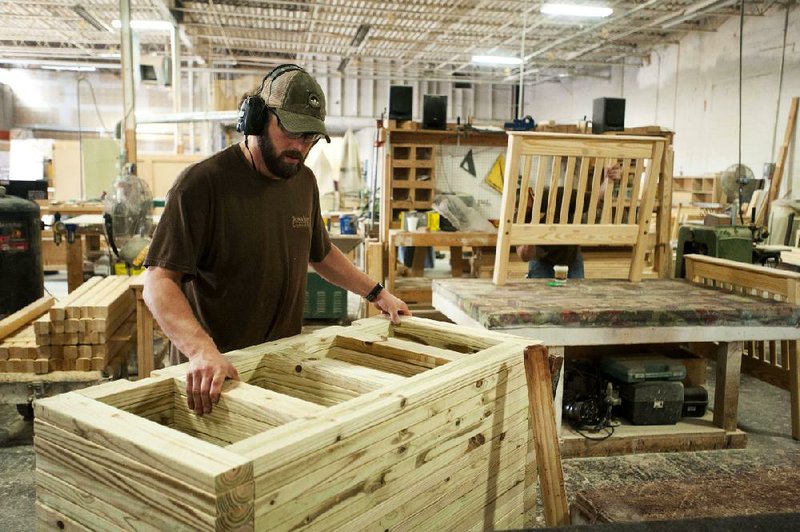WASHINGTON - A jump in demand for commercial airplanes spurred orders for long-lasting U.S. factory goods last month. But orders for most other goods fell as businesses cut spending, a possible sign of concern about the partial government shutdown that began Oct. 1.
The Commerce Department said Friday that orders for durable goods rose 3.7 percent in September, above the 0.2 percent gain in August.
But a 57.5 percent jump in aircraft orders accounted for nearly all the gain. Durable goods are meant to last at least three years.
“The more you look into it, the more disappointing it gets,” said Tim Quinlan, an economist at Wells Fargo Securities LLC in Charlotte, N.C. “It kind of raises doubts about the sustainability of the manufacturing sector to continue to underpin economic growth.”
Orders for core capital goods, which include industrial machinery and electrical equipment, fell 1.1 percent.
August’s 1.5 percent gain was revised sharply lower to 0.4 percent.
Economists pay particular attention to core capital goods, which exclude aircraft and defense-related goods, because they are a sign of business confidence.
The figures echo other economic data that suggest companies were reluctant to expand or invest in new equipment in September, as budget battles in Washington intensified.
Hiring also slowed last month. Employers added just 148,000 jobs, down from 193,000 in August.
Paul Ashworth, an economist at Capital Economics, said the drop in core capital goods orders points to weaker growth in the October-December quarter.
Shipments of core capital goods, which are used to calculate economic growth, also dipped last month, a sign that growth in the July-September quarter will also be weak.
Ashworth cut his growth estimate for the third quarter to an annual rate of 1.8 percent from 2 percent.
Commercial aircraft is a volatile category that can swing widely from month to month.
Boeing said it received orders for 127 planes in September, up from 16 in August.
In September, demand fell for machinery, fabricated metals, electrical equipment and autos.
Orders rose for computers and communications equipment and defense-related goods.
Excluding aircraft, autos and other transportation goods, orders fell for the third straight month.
The report contrasts with other recent data that pointed to a healthier factory sector.
The Institute for Supply Management, a trade group, said factory activity expanded in September at the fastest pace in 2 ½ years.
Production rose and manufacturers stepped up hiring, while new orders jumped, though not as quickly as the previous month.
And the Federal Reserve Bank of Philadelphia said last week that an index of regional manufacturing activity declined only slightly this month.
Factories in the Philadelphia region received more orders, the Philly Fed said.
U.S. wholesalers increased their stockpiles in August by the most in seven months, a positive sign that many companies expected demand to rise.
The Commerce Department said wholesale inventories rose 0.5 percent in August, the biggest gain since January.
Sales also rose, climbing 0.6 percent, the fourth gain in five months.
The restocking was driven partly by recoveries in housing and autos.
Auto inventories jumped 2.3 percent, the biggest gain in four months, and furniture stockpiles rose 1.1 percent for the second straight month.
Stockpiles of pharmaceuticals, oil and gas, and clothing also increased.
Rising inventories point to stronger growth because it means factories have produced more goods.
And higher wholesale sales means businesses are unlikely to get caught with too many unsold goods on their shelves. Information for this article was contributed by Christopher S. Rugaber of The Associated Press and Jeanna Smialek of Bloomberg News.
Business, Pages 29 on 10/26/2013
